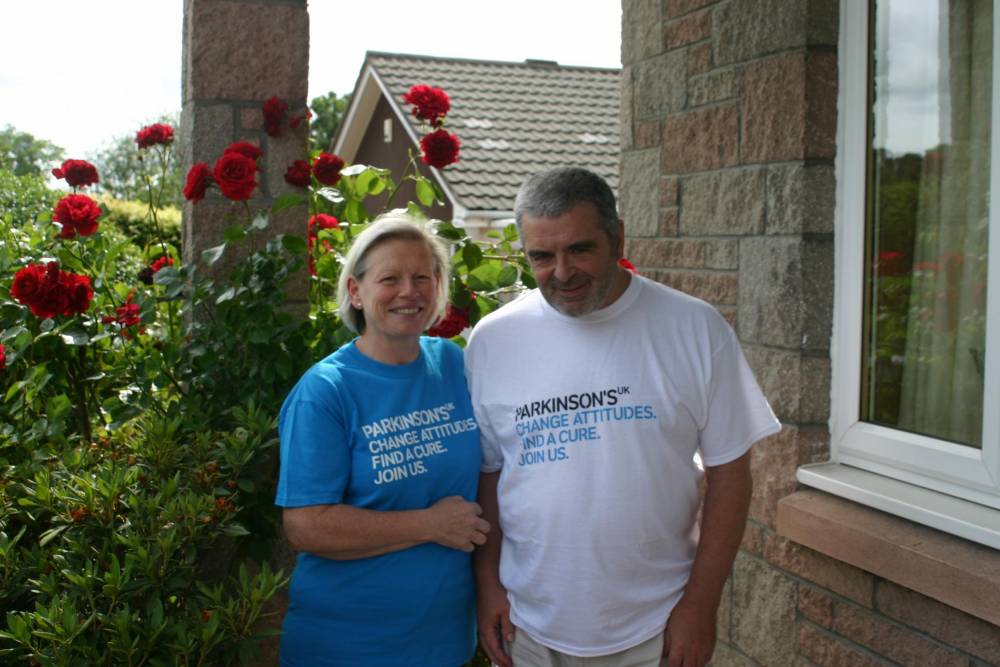A Scottish woman has remarkably become a medical sensation when it was revealed that she can tell if a person has Parkinson’s disease simply by smelling them.
There is no “one way” to diagnose Parkinson’s disease, which can make it a challenging condition to detect.
However, there are various symptoms and diagnostic tests used in combination to make a diagnosis instead, or at least eliminate other similar conditions.
These symptoms may include shaking or tremor, slowness of movement, stiffness or rigidity, or trouble with balance and possible falls.
Joy Milne noticed something strange about her husband – he started to smell peculiar – and this was six years before he received a Parkinson’s diagnosis and long before he was showing symptoms.
Les, Joy’s husband, had a “sort of woody, musky odour,” Milne told the Telegraph.
Because there was a six-year difference between the “change in smell” and Les’s diagnosis, Joy didn’t think there was any connection.
Until she was in a room with many other people who had the same condition as her husband. She soon realised that everyone with Parkinson’s had that same smell.

According to Parkinson’s Australia, 110,000 people may be living with Parkinson’s in Australia, with 32 new cases diagnosed every day.
Parkinson’s disease is even increasing at a faster rate than dementia and Alzheimer’s disease.
Globally there are approximately 6.9 million people with Parkinson’s disease. It’s been predicted that by 2040, that number will increase to 14.2 million.
If there were a way to make an early diagnosis, this could help patients manage and delay their symptoms, and even help researchers to create new treatments and medications.
Parkinson’s researcher Tilo Kunath and analytical chemist Perdita Barran found Joy’s “ability” hard to believe.
But then they decided to test Joy, by having her smell 12 sweaty shirts – six of people with Parkinson’s and six without.
Joy was able to correctly identify the six who had the condition, but also incorrectly named one of the people who didn’t have a diagnosis.
Kunath and Barran were impressed by the results and wanted to develop a legitimate smell test – one that could be widely used and didn’t rely on rare people like Joy to help with diagnosis.
Barran is now working to create such technology at the Manchester Institute of Biotechnology – this is done by identifying the unique chemical molecules that people with Parkinson’s create to have that “woody, musky smell”.
“Joy has an extremely good sense of smell,” Barran says, “but she isn’t the only person who can smell it. What’s special is how persistent she was in her conviction that it was something that could be used.”
What do you have to say? Comment, share and like below.
Amazing sense of smell, would be good if people are diagnosed earlier and get treatment so their life is prolonged. It is so sad to hear so many people are diagnosed each year and the number is growing, just wondering what is the cause of it. Is it in the food we eat or it is related to alcohol.
How great .everybody smell a disease. How true .